Introduction #
The TACO: Trash Annotations in Context is an open image dataset that focuses on waste in various real-world settings. It encompasses a collection of images depicting litter in diverse environments, ranging from tropical beaches to urban streets in places like London. The dataset is notable for its manual labeling and segmentation, providing a hierarchical taxonomy for object detection algorithms to train and evaluate their performance. It comprises 1,500 images that cover 60 distinct waste classes, including items like aluminum_foil, batterie, and aluminum_blister_pack.
TACO contains high-resolution images, taken mostly by mobile phones. These are managed and stored by Flickr, whereas the authors’ server manages the annotations and runs periodically a crawler to collect more potential images of litter. Additionally, the authors also selected some images from source. All images are under free copyright licenses and are annotated and segmented by users using online tool.

Distribution of image resolutions.
Specifically, images are labeled with the scene tags to describe their background – these are not mutually exclusive – and litter instances are segmented and labeled using a hierarchical taxonomy with 60 categories of litter which belong to 28 super (top) categories, including a special category: Unlabeled litter for objects that are either ambiguous or not covered by the other categories.

Proportion of images by background tag.
The authors targeted 9 super categories based on the number of instances and merged the rest under the class name Other Litter. Authors call this TACO-10 and the Figure below shows the size variability of annotations per category for this new taxonomy. Authors can see that most of the cigarettes, the third largest class, have an area of less than 64×64 pixels.

Histogram of bounding box sizes per category for TACO-10.
Summary #
TACO: Trash Annotations in Context is a dataset for instance segmentation, semantic segmentation, and object detection tasks. It is used in the waste recycling industry.
The dataset consists of 1500 images with 9823 labeled objects belonging to 60 different classes including plastic_film, unlabeled_litter, cigarette, and other: clear_plastic_bottle, plastic_bottle_cap, other_plastic_wrapper, other_plastic, drink_can, plastic_straw, disposable_plastic_cup, other_carton, styrofoam_piece, glass_bottle, pop_tab, plastic_lid, normal_paper, paper_cup, metal_bottle_cap, single-use_carrier_bag, other_plastic_bottle, aluminium_foil, drink_carton, corrugated_carton, disposable_food_container, tissues, crisp_packet, plastic_utensils, rope&strings, and 32 more.
Images in the TACO dataset have pixel-level instance segmentation annotations. Due to the nature of the instance segmentation task, it can be automatically transformed into a semantic segmentation (only one mask for every class) or object detection (bounding boxes for every object) tasks. All images are labeled (i.e. with annotations). There are no pre-defined train/val/test splits in the dataset. Also the dataset includes batch and scene image-level tags, supercategory object tag. The dataset was released in 2019.
Here is a visualized example for randomly selected sample classes:
Explore #
TACO dataset has 1500 images. Click on one of the examples below or open "Explore" tool anytime you need to view dataset images with annotations. This tool has extended visualization capabilities like zoom, translation, objects table, custom filters and more. Hover the mouse over the images to hide or show annotations.

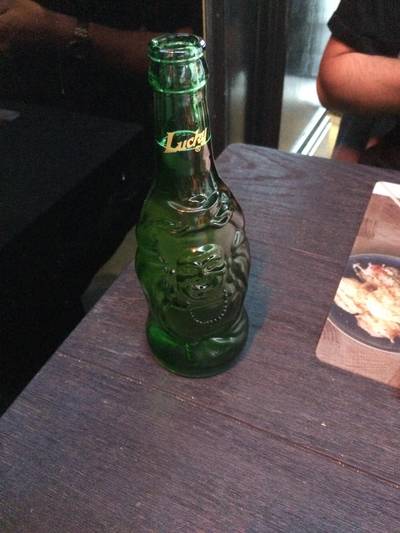

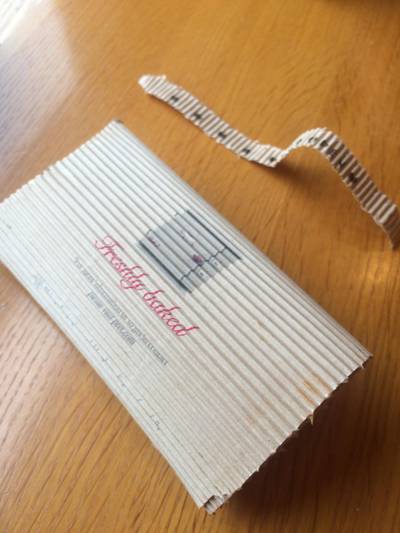

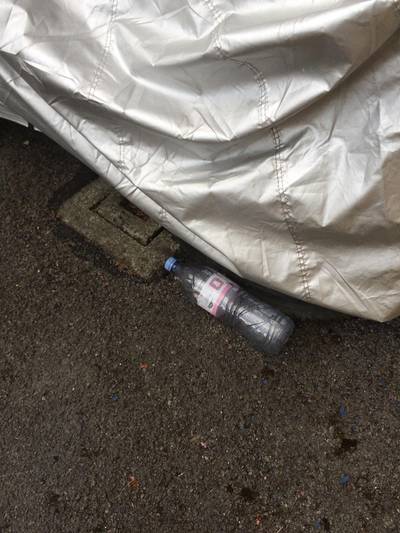

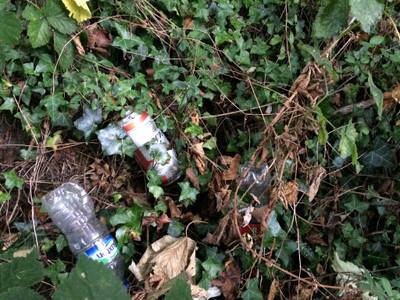

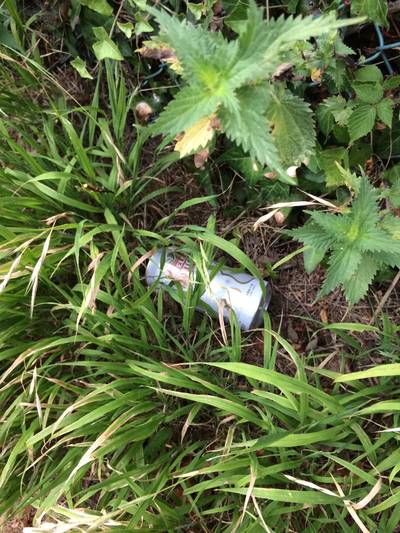

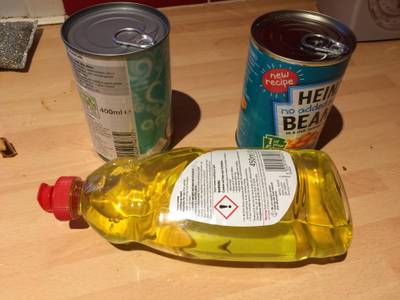

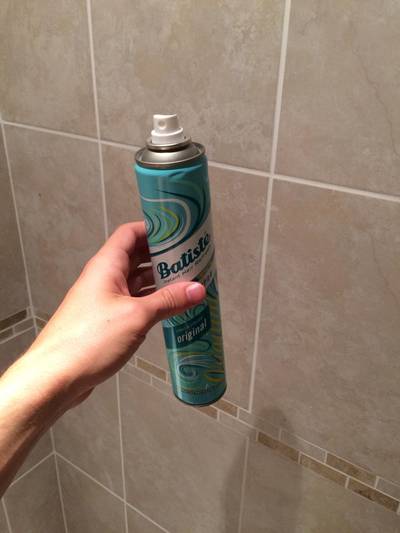

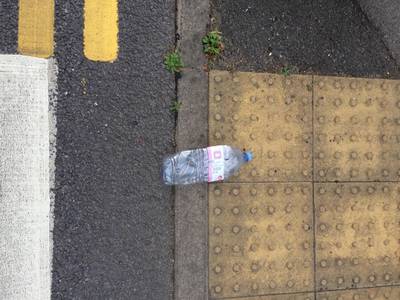

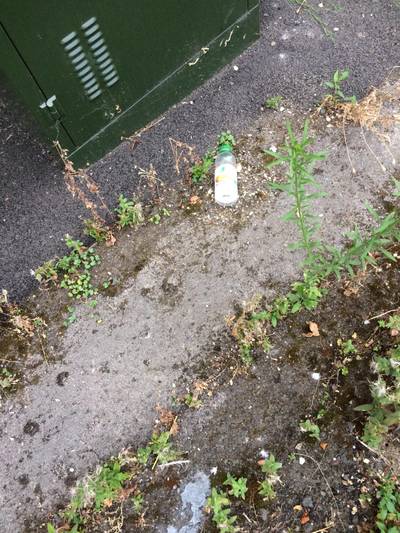

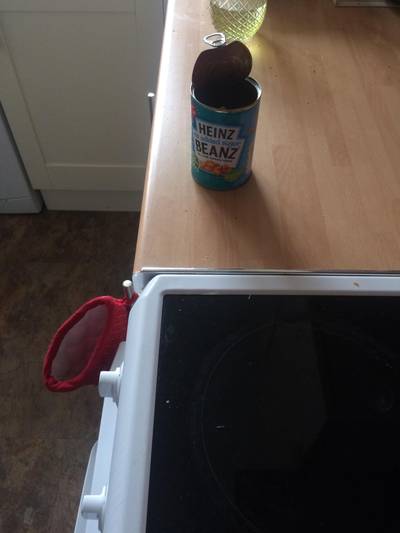

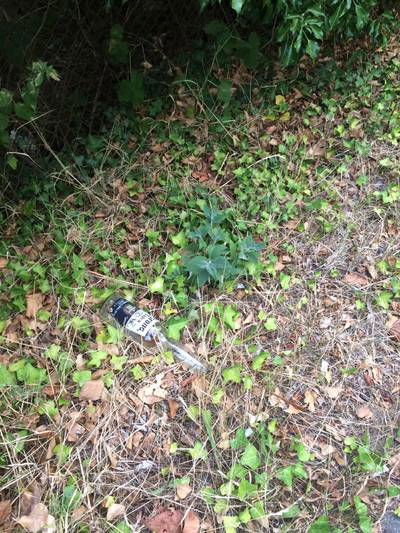

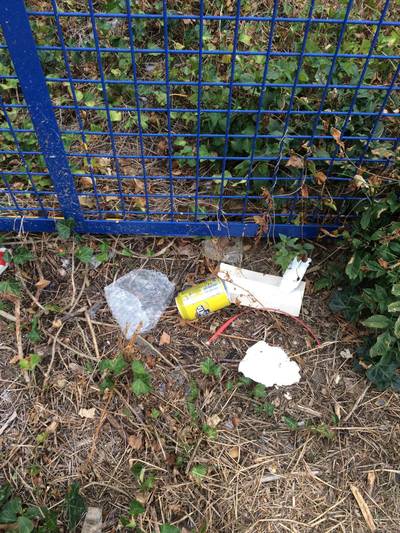

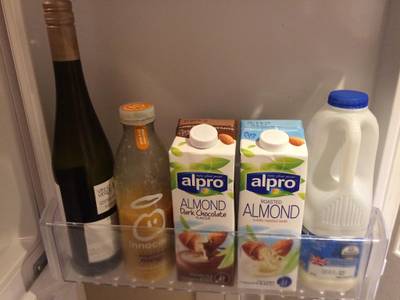

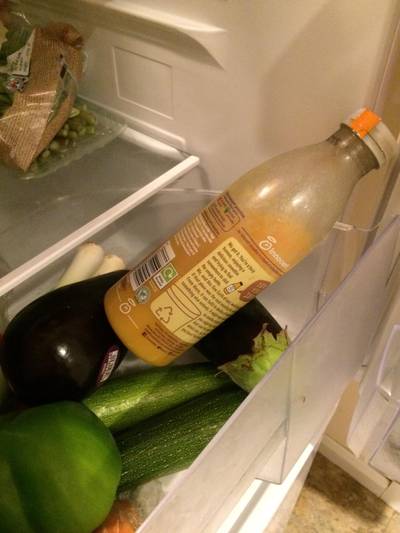

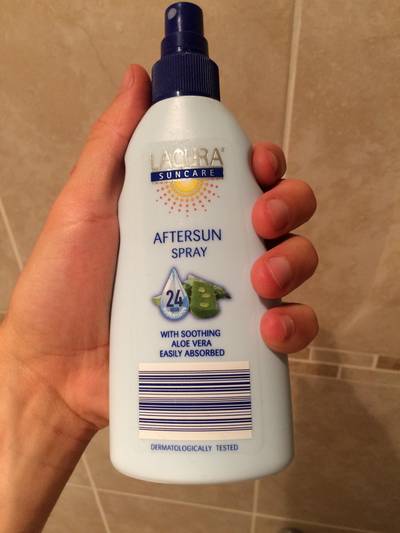

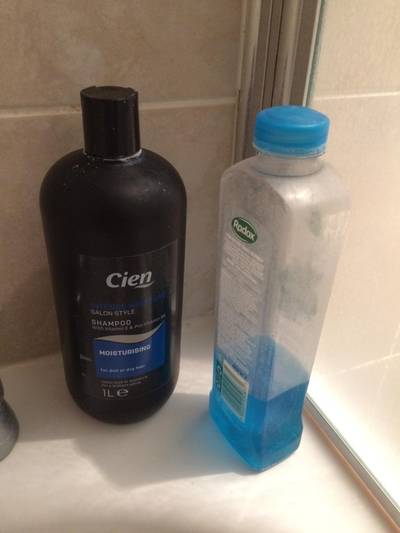

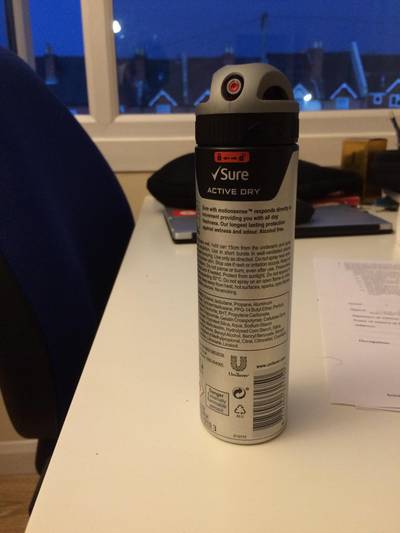

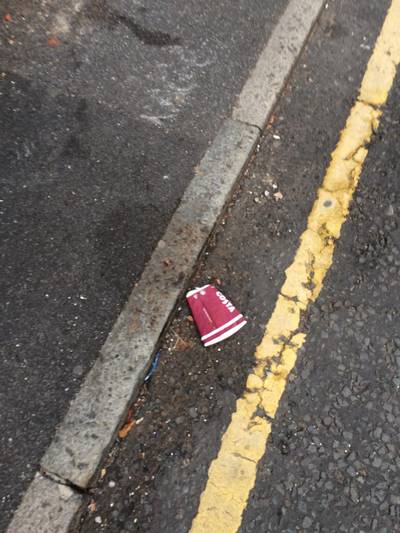

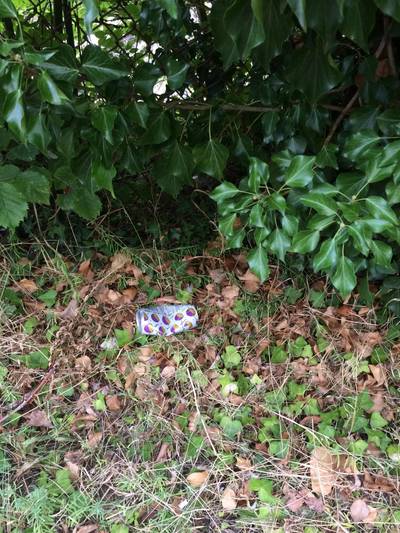

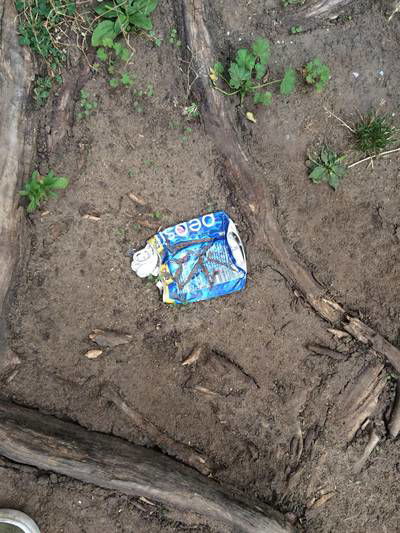



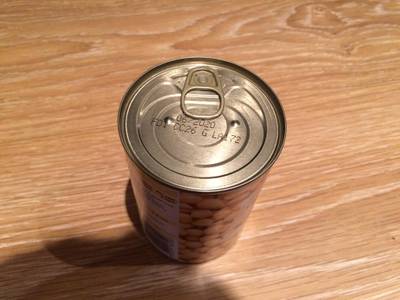

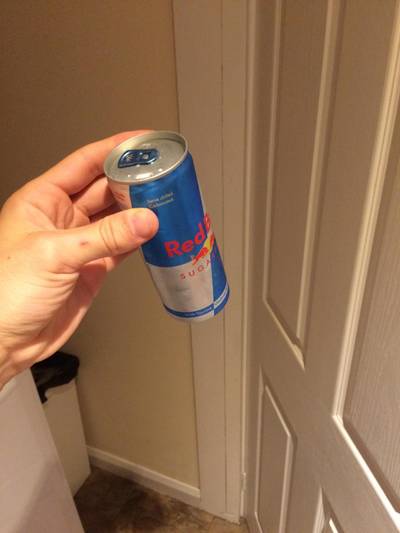

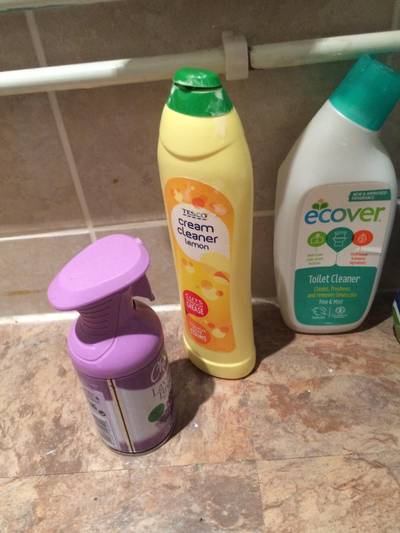

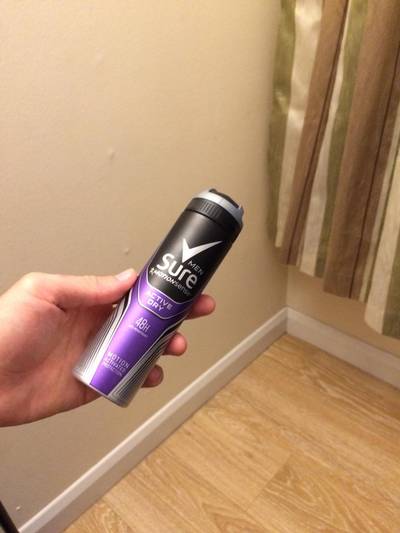

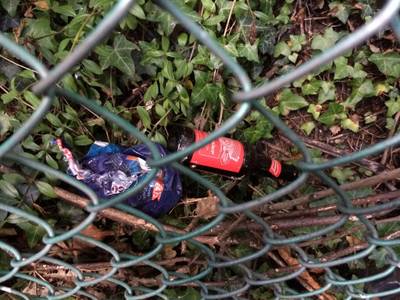

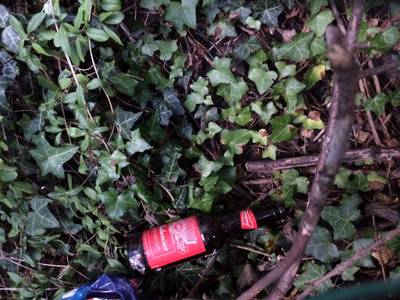

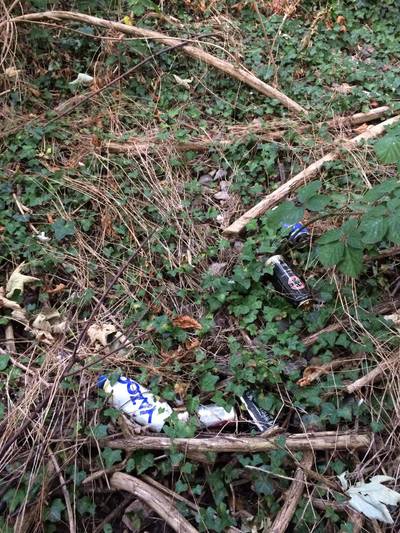

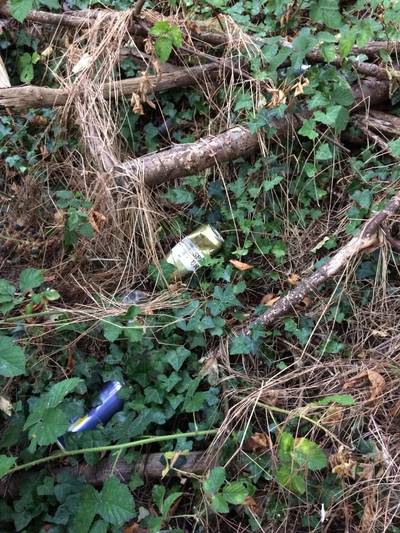

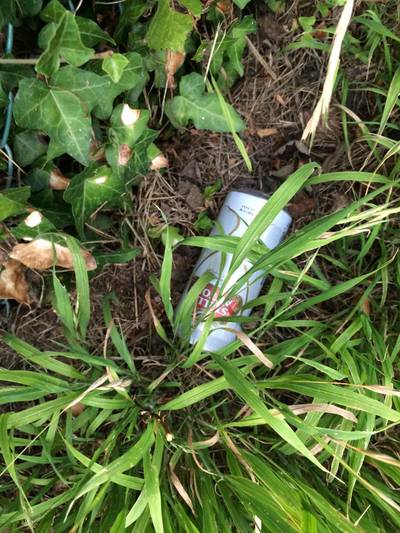
Class balance #
There are 60 annotation classes in the dataset. Find the general statistics and balances for every class in the table below. Click any row to preview images that have labels of the selected class. Sort by column to find the most rare or prevalent classes.
Class ㅤ | Images ㅤ | Objects ㅤ | Count on image average | Area on image average |
|---|---|---|---|---|
plastic_film➔ any | 310 | 957 | 3.09 | 6.18% |
unlabeled_litter➔ any | 269 | 1068 | 3.97 | 1% |
cigarette➔ any | 227 | 1336 | 5.89 | 0.24% |
clear_plastic_bottle➔ any | 225 | 576 | 2.56 | 4.42% |
plastic_bottle_cap➔ any | 185 | 419 | 2.26 | 0.54% |
other_plastic_wrapper➔ any | 184 | 583 | 3.17 | 4.4% |
other_plastic➔ any | 171 | 563 | 3.29 | 1.62% |
drink_can➔ any | 151 | 460 | 3.05 | 3.58% |
plastic_straw➔ any | 110 | 336 | 3.05 | 2.92% |
disposable_plastic_cup➔ any | 91 | 210 | 2.31 | 4.17% |
Images #
Explore every single image in the dataset with respect to the number of annotations of each class it has. Click a row to preview selected image. Sort by any column to find anomalies and edge cases. Use horizontal scroll if the table has many columns for a large number of classes in the dataset.
Class sizes #
The table below gives various size properties of objects for every class. Click a row to see the image with annotations of the selected class. Sort columns to find classes with the smallest or largest objects or understand the size differences between classes.
Class | Object count | Avg area | Max area | Min area | Min height | Min height | Max height | Max height | Avg height | Avg height | Min width | Min width | Max width | Max width |
|---|---|---|---|---|---|---|---|---|---|---|---|---|---|---|
cigarette any | 1336 | 0.06% | 13.14% | 0% | 5px | 0.2% | 1039px | 33.3% | 57px | 1.75% | 11px | 0.34% | 1642px | 39.47% |
unlabeled_litter any | 1068 | 0.37% | 54.21% | 0% | 7px | 0.29% | 2584px | 82.82% | 129px | 4.06% | 13px | 0.46% | 2723px | 82.08% |
plastic_film any | 957 | 3.11% | 76.89% | 0% | 20px | 0.48% | 3189px | 99.97% | 420px | 12.91% | 23px | 0.89% | 3559px | 92.44% |
other_plastic_wrapper any | 583 | 2.2% | 58.36% | 0% | 18px | 0.43% | 3483px | 83.73% | 352px | 10.37% | 33px | 1.01% | 3125px | 83.94% |
clear_plastic_bottle any | 576 | 2.75% | 71.12% | 0.01% | 29px | 1.1% | 3996px | 96.06% | 450px | 14.17% | 34px | 1.39% | 3689px | 88.68% |
other_plastic any | 563 | 0.73% | 36.08% | 0% | 12px | 0.49% | 2008px | 64.36% | 194px | 6.17% | 13px | 0.43% | 2653px | 63.77% |
drink_can any | 460 | 1.97% | 34.16% | 0% | 22px | 0.68% | 2526px | 60.72% | 362px | 11.57% | 24px | 0.76% | 3083px | 76.59% |
plastic_bottle_cap any | 419 | 0.4% | 10.63% | 0% | 15px | 0.38% | 1219px | 30.23% | 150px | 4.5% | 14px | 0.49% | 1129px | 37.78% |
plastic_straw any | 336 | 1.08% | 44.6% | 0% | 7px | 0.21% | 2981px | 71.66% | 339px | 10.03% | 12px | 0.65% | 2146px | 62.24% |
broken_glass any | 280 | 0.19% | 12.48% | 0% | 14px | 0.57% | 1213px | 37.16% | 91px | 2.76% | 14px | 0.46% | 1097px | 36.28% |
Spatial Heatmap #
The heatmaps below give the spatial distributions of all objects for every class. These visualizations provide insights into the most probable and rare object locations on the image. It helps analyze objects' placements in a dataset.

Objects #
Table contains all 9823 objects. Click a row to preview an image with annotations, and use search or pagination to navigate. Sort columns to find outliers in the dataset.
Object ID ㅤ | Class ㅤ | Image name click row to open | Image size height x width | Height ㅤ | Height ㅤ | Width ㅤ | Width ㅤ | Area ㅤ |
|---|---|---|---|---|---|---|---|---|
1➔ | plastic_bottle_cap any | batch_4_000000.JPG | 3264 x 2448 | 66px | 2.02% | 71px | 2.9% | 0.04% |
2➔ | plastic_bottle_cap any | batch_4_000000.JPG | 3264 x 2448 | 66px | 2.02% | 71px | 2.9% | 0.06% |
3➔ | rope&strings any | batch_10_000069.jpg | 1824 x 4000 | 126px | 6.91% | 147px | 3.67% | 0.07% |
4➔ | rope&strings any | batch_10_000069.jpg | 1824 x 4000 | 126px | 6.91% | 147px | 3.67% | 0.25% |
5➔ | other_plastic_cup any | batch_4_000026.JPG | 3264 x 2448 | 241px | 7.38% | 470px | 19.2% | 0.61% |
6➔ | other_plastic_cup any | batch_4_000026.JPG | 3264 x 2448 | 241px | 7.38% | 470px | 19.2% | 1.42% |
7➔ | plastic_film any | batch_4_000088.JPG | 3264 x 2448 | 160px | 4.9% | 334px | 13.64% | 0.55% |
8➔ | plastic_film any | batch_4_000088.JPG | 3264 x 2448 | 160px | 4.9% | 334px | 13.64% | 0.67% |
9➔ | plastic_film any | batch_4_000088.JPG | 3264 x 2448 | 180px | 5.51% | 216px | 8.82% | 0.28% |
10➔ | plastic_film any | batch_4_000088.JPG | 3264 x 2448 | 180px | 5.51% | 216px | 8.82% | 0.49% |
License #
Citation #
If you make use of the TACO data, please cite the following reference:
@article{taco2020,
title={TACO: Trash Annotations in Context for Litter Detection},
author={Pedro F Proença and Pedro Simões},
journal={arXiv preprint arXiv:2003.06975},
year={2020}
}
If you are happy with Dataset Ninja and use provided visualizations and tools in your work, please cite us:
@misc{ visualization-tools-for-taco-dataset,
title = { Visualization Tools for TACO Dataset },
type = { Computer Vision Tools },
author = { Dataset Ninja },
howpublished = { \url{ https://datasetninja.com/taco } },
url = { https://datasetninja.com/taco },
journal = { Dataset Ninja },
publisher = { Dataset Ninja },
year = { 2025 },
month = { aug },
note = { visited on 2025-08-04 },
}Download #
Dataset TACO can be downloaded in Supervisely format:
As an alternative, it can be downloaded with dataset-tools package:
pip install --upgrade dataset-tools
… using following python code:
import dataset_tools as dtools
dtools.download(dataset='TACO', dst_dir='~/dataset-ninja/')
Make sure not to overlook the python code example available on the Supervisely Developer Portal. It will give you a clear idea of how to effortlessly work with the downloaded dataset.
The data in original format can be downloaded here.
Disclaimer #
Our gal from the legal dep told us we need to post this:
Dataset Ninja provides visualizations and statistics for some datasets that can be found online and can be downloaded by general audience. Dataset Ninja is not a dataset hosting platform and can only be used for informational purposes. The platform does not claim any rights for the original content, including images, videos, annotations and descriptions. Joint publishing is prohibited.
You take full responsibility when you use datasets presented at Dataset Ninja, as well as other information, including visualizations and statistics we provide. You are in charge of compliance with any dataset license and all other permissions. You are required to navigate datasets homepage and make sure that you can use it. In case of any questions, get in touch with us at hello@datasetninja.com.


